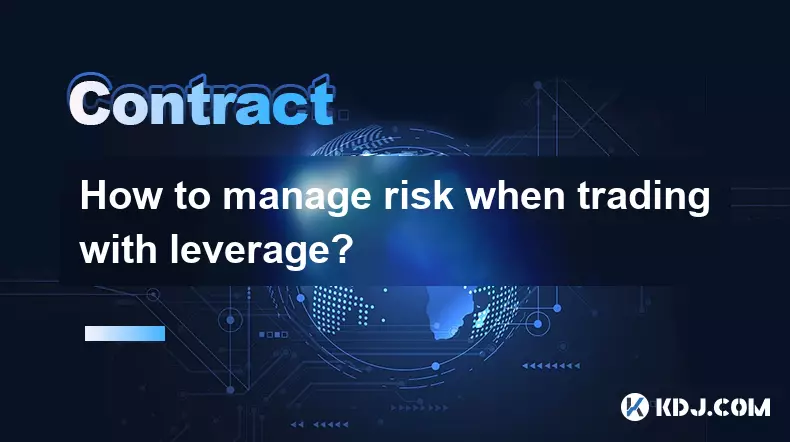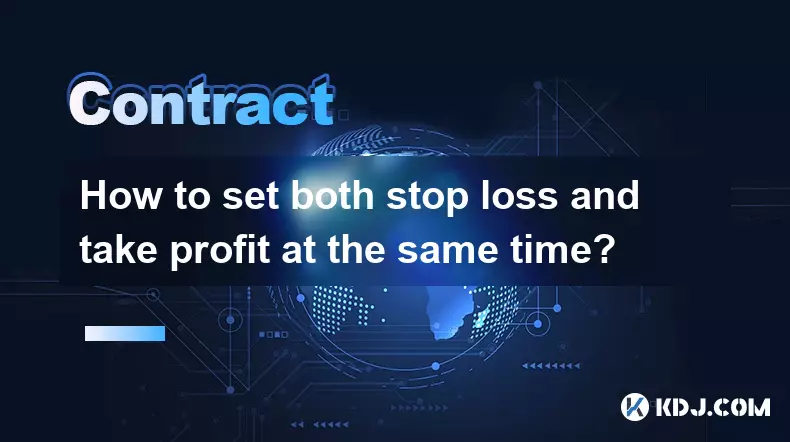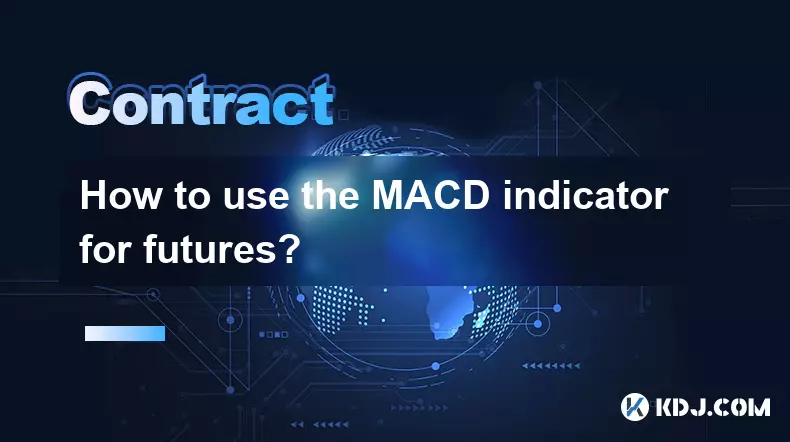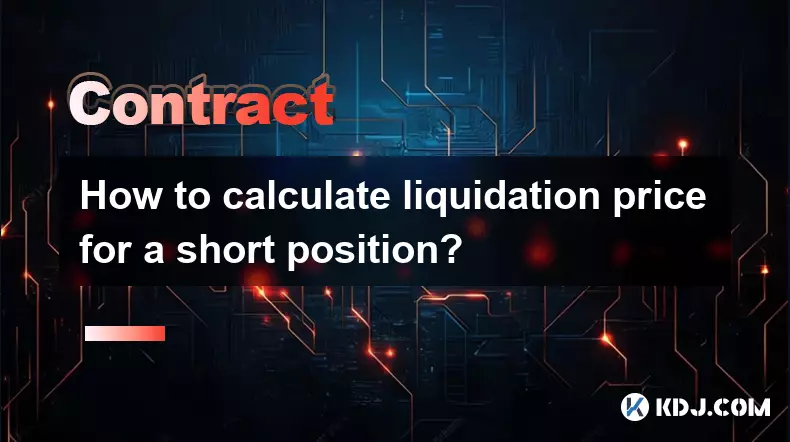-
 Bitcoin
Bitcoin $111100
0.71% -
 Ethereum
Ethereum $4298
0.48% -
 XRP
XRP $2.871
2.04% -
 Tether USDt
Tether USDt $0.0000
-0.03% -
 BNB
BNB $882.1
2.31% -
 Solana
Solana $206.1
2.72% -
 USDC
USDC $0.0000
0.03% -
 Dogecoin
Dogecoin $0.2271
5.03% -
 TRON
TRON $0.3306
5.37% -
 Cardano
Cardano $0.8324
1.53% -
 Hyperliquid
Hyperliquid $47.14
1.82% -
 Chainlink
Chainlink $22.37
0.43% -
 Ethena USDe
Ethena USDe $1.001
-0.02% -
 Sui
Sui $3.384
1.21% -
 Bitcoin Cash
Bitcoin Cash $603.7
1.48% -
 Stellar
Stellar $0.3596
0.61% -
 Avalanche
Avalanche $24.64
0.99% -
 Hedera
Hedera $0.2191
1.59% -
 Cronos
Cronos $0.2624
-1.85% -
 UNUS SED LEO
UNUS SED LEO $9.538
-0.40% -
 Litecoin
Litecoin $114.5
1.93% -
 Toncoin
Toncoin $3.093
0.82% -
 Shiba Inu
Shiba Inu $0.00001243
1.15% -
 Polkadot
Polkadot $3.986
4.13% -
 Uniswap
Uniswap $9.362
0.15% -
 World Liberty Financial
World Liberty Financial $0.2255
4.47% -
 Dai
Dai $0.9998
-0.01% -
 Ethena
Ethena $0.7402
0.63% -
 Monero
Monero $271.3
0.62% -
 Aave
Aave $300.7
0.53%
How to manage risk when trading with leverage?
Always use stop-loss orders and limit leverage to 2x–5x, especially as a beginner, to manage risk in volatile crypto markets.
Sep 08, 2025 at 05:18 am

Risk Management Strategies in Leveraged Crypto Trading
1. Establish a strict stop-loss order on every leveraged position. This automatically closes the trade if the market moves against you beyond a predetermined level, preventing catastrophic losses. The crypto market is highly volatile, and without a stop-loss, a sudden price swing can liquidate your entire margin.
2. Limit leverage exposure based on account size. Avoid using maximum leverage offered by exchanges, even if the platform allows 100x. High leverage amplifies both gains and losses. Traders with smaller accounts should consider using 2x to 5x leverage to maintain breathing room during market fluctuations.
3. Diversify across positions instead of concentrating funds in a single leveraged trade. Spreading risk reduces the impact of a single failed position. For example, opening multiple smaller leveraged positions across different assets can balance volatility exposure.
4. Calculate position size using a percentage of total capital, not just available margin. A common rule is risking no more than 1% to 2% of the trading account on any single leveraged trade. This preserves capital over time, even during losing streaks.
5. Monitor open positions continuously during high-volatility events. News, exchange outages, or sudden regulatory announcements can trigger rapid liquidations. Active supervision allows timely adjustments before automatic liquidation occurs.
Understanding Margin and Liquidation Mechanics
1. Know the difference between isolated and cross margin. Isolated margin limits risk to a specific amount allocated to a trade. Cross margin uses the entire account balance as collateral, increasing exposure but also the chance of total account wipeout.
2. Track your maintenance margin requirement. This is the minimum amount of equity needed to keep a leveraged position open. Falling below this threshold triggers a margin call or automatic liquidation, especially in fast-moving markets.
3. Use liquidation price calculators provided by exchanges. These tools show the exact price at which your position will be closed. Keeping a safe distance from this price ensures survival during temporary price spikes or dips.
4. Avoid overleveraging during low-liquidity periods. Thin markets, such as late-night trading sessions or holiday weekends, are prone to slippage and sharp price movements that can trigger unexpected liquidations.
5. Reassess margin levels after each trade. Profits or losses change your equity, which affects the stability of other open leveraged positions. Regular recalibration prevents cascading liquidations across multiple trades.
Psychological Discipline and Trading Habits
1. Stick to a predefined trading plan regardless of short-term market noise. Emotional decisions, especially during rapid price swings, often lead to overtrading or revenge trading after a loss.
2. Keep a detailed trading journal. Record entry and exit points, leverage used, emotional state, and outcomes. Reviewing this log helps identify patterns of risky behavior and reinforces disciplined execution.
3. Take breaks after significant wins or losses. A large profit can create overconfidence, leading to reckless leverage use. Similarly, a loss may trigger impulsive attempts to recover funds quickly, increasing risk.
4. Avoid chasing pumps with high leverage. FOMO-driven entries into rapidly rising assets are among the most common causes of liquidation. Entering late with excessive leverage leaves no room for correction.
5. Never trade with funds you cannot afford to lose, especially when using leverage. The combination of volatility and amplified exposure makes leveraged trading one of the most dangerous activities in the crypto space.
Frequently Asked Questions
What is the safest leverage ratio for beginners?Beginners should start with 2x to 5x leverage while learning market dynamics. Higher ratios increase the probability of liquidation, especially without experience in managing margin requirements.
Can I lose more than my initial investment with leverage?On most reputable exchanges, users cannot lose more than their deposited margin due to automatic liquidation. However, in extreme cases with severe slippage, some platforms may expose traders to debt, though this is rare.
How does funding rate affect leveraged positions?Funding rates are periodic payments between long and short traders on perpetual contracts. Holding positions over time incurs these costs, which can erode profits or increase losses, especially in high-rate environments.
Are stop-loss orders always effective in crypto markets?Stop-loss orders are not foolproof. During flash crashes or exchange outages, prices may gap past the stop level, resulting in execution at a worse price. Using guaranteed stop-loss options, if available, mitigates this risk.
Disclaimer:info@kdj.com
The information provided is not trading advice. kdj.com does not assume any responsibility for any investments made based on the information provided in this article. Cryptocurrencies are highly volatile and it is highly recommended that you invest with caution after thorough research!
If you believe that the content used on this website infringes your copyright, please contact us immediately (info@kdj.com) and we will delete it promptly.
- Bitcoin Core, Censorship Resistance, and Open Letters: A New York Minute on the Crypto Tug-of-War
- 2025-09-08 08:25:11
- Solana Price Soars: ETF Catalyst and Retail Flow Ignite SOL Rally
- 2025-09-08 06:25:13
- Bitcoin, Ethereum, and Token Performance: Can They Outpace FAANG?
- 2025-09-08 07:05:12
- Bitcoin Cash Soars as Ethereum Stumbles: A Crypto Market Rollercoaster
- 2025-09-08 07:25:14
- Hedera Hashgraph: Bullish Potential Brewing Amid Consolidation?
- 2025-09-08 07:10:12
- Crypto Investors Eye Layer Brett: The 'New Pepe' with Real Utility?
- 2025-09-08 07:30:12
Related knowledge

How to set both stop loss and take profit at the same time?
Sep 06,2025 at 04:36pm
Understanding Simultaneous Stop Loss and Take Profit Orders1. Placing both stop loss and take profit orders at the same time is a standard practice in...

What is copy trading for crypto futures?
Sep 07,2025 at 02:00am
What Is Copy Trading in Crypto Futures?1. Copy trading in crypto futures allows investors to automatically replicate the trades of experienced traders...

How to use the MACD indicator for futures?
Sep 07,2025 at 09:00pm
Understanding the MACD Indicator in Futures Trading1. The MACD (Moving Average Convergence Divergence) indicator is a momentum oscillator widely used ...

What to do if you are about to be liquidated?
Sep 06,2025 at 01:00am
Understanding Liquidation in the Crypto Market1. Liquidation occurs when a trader’s margin balance falls below the required maintenance margin, forcin...

How to calculate liquidation price for a short position?
Sep 08,2025 at 03:54am
Understanding the Basics of Short Position Liquidation1. A short position in the cryptocurrency market involves borrowing an asset and selling it imme...

What is an insurance fund on crypto exchanges?
Sep 06,2025 at 03:36pm
Understanding the Role of Decentralized Exchanges in Modern Cryptocurrency Trading1. Decentralized exchanges (DEXs) have emerged as a cornerstone of t...

How to set both stop loss and take profit at the same time?
Sep 06,2025 at 04:36pm
Understanding Simultaneous Stop Loss and Take Profit Orders1. Placing both stop loss and take profit orders at the same time is a standard practice in...

What is copy trading for crypto futures?
Sep 07,2025 at 02:00am
What Is Copy Trading in Crypto Futures?1. Copy trading in crypto futures allows investors to automatically replicate the trades of experienced traders...

How to use the MACD indicator for futures?
Sep 07,2025 at 09:00pm
Understanding the MACD Indicator in Futures Trading1. The MACD (Moving Average Convergence Divergence) indicator is a momentum oscillator widely used ...

What to do if you are about to be liquidated?
Sep 06,2025 at 01:00am
Understanding Liquidation in the Crypto Market1. Liquidation occurs when a trader’s margin balance falls below the required maintenance margin, forcin...

How to calculate liquidation price for a short position?
Sep 08,2025 at 03:54am
Understanding the Basics of Short Position Liquidation1. A short position in the cryptocurrency market involves borrowing an asset and selling it imme...

What is an insurance fund on crypto exchanges?
Sep 06,2025 at 03:36pm
Understanding the Role of Decentralized Exchanges in Modern Cryptocurrency Trading1. Decentralized exchanges (DEXs) have emerged as a cornerstone of t...
See all articles

























































































